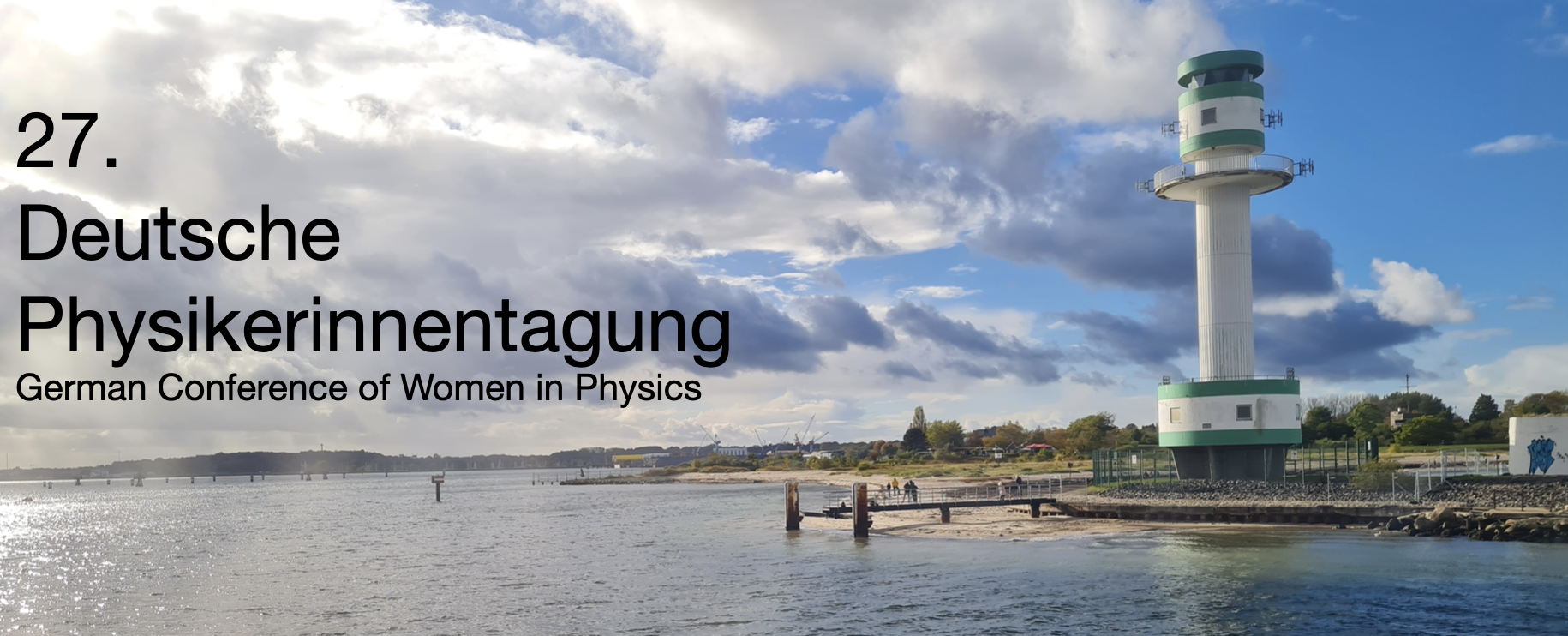Speaker
Description
Conventional photosensitizers (PSs) for photocatalysis are typically derived from rare and valuable precious metals, prompting the search for alternatives based on first-row transition metals [1, 2, 3]. Among these, iron-based photosensitizers emerge as potential candidates but are limited by their short-lived charge transfer states. To overcome this limitation, targeted ligand design is employed as a strategy [2, 3]. This study presents a series of emitting iron(III) complexes modified with chromophores, featuring either phenyl or anthracene groups. The chromophores are attached to the ligand via a methyl spacer. While the phenyl-extended complexes exhibit behavior similar to the original complex, the anthracene-extended complexes reveal a reservoir effect, characterized by a population transfer from the ligand-to-metal charge transfer state to the triplet state of anthracene. Additionally, a correlation is observed between the number of attached anthracene units and the rate of population transfer. Our findings, obtained through time-resolved methods, specifically femtosecond transient absorption UV-Vis spectroscopy and streak camera measurements, are discussed in detail.
Acknowlegments
Thanks to SPP 2102 and LiMatI SFB/CRC 1477.
Referenes
[1] A. Päpcke, A. Friedrich, S. Locbrunner, J. Phys.: Condens. Matter 2020, 32, 153001.
[2] J. Steube et al., Nat. Chem. 2023, 15, 468-474.
[3] P. Dierks, Y. Vukadinovic, M. Bauer, Inorg. Chem. Front. 2022, 9, 206-220.

